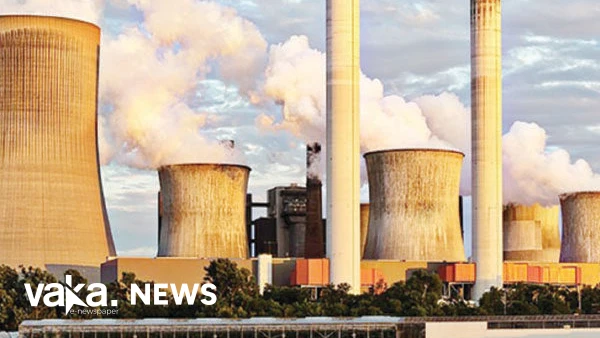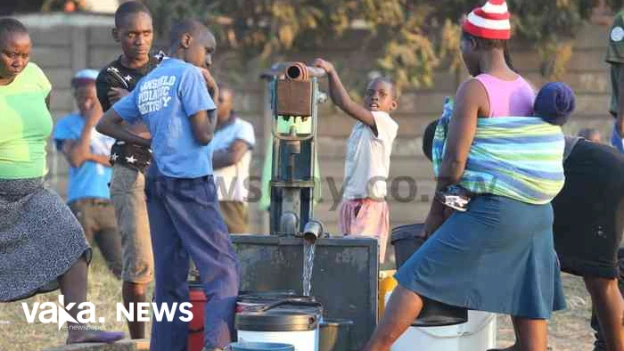Zesa decommissions three thermal stations
- Category: General

- By Dion Kajokoto
Zimbabwe’s power utility, Zesa Holdings, has begun the process of decommissioning three small thermal power plants due to their deteriorating conditions and rising operational costs.
According to Energy and Power Development Minister Edgar Moyo, the decision to decommission the thermal power plants was largely driven by the plants’ age and the escalating costs of running coal-fired generators.
These factors have rendered the thermal stations in Harare, Bulawayo and Munyati increasingly unsustainable and inefficient.
“The thermal power plants with a combined capacity of 240 megawatts (MW) ceased generating electricity between July and September 2023.
Minister Moyo stated, "The decommissioning decision was made in October of last year, and the process is now underway.""The thermal plants are far older than the 25 years they were designed to last, and it is no longer financially feasible to operate them at their average age of 75 years. For example, the Bulawayo station's operating costs had skyrocketed to about 46 US cents per kilowatt-hour, making it unprofitable to continue operating.
Minister Moyo added that while the cost of carrying coal by road rises, the nation's inadequate rail infrastructure also plays a role in the rising operational costs. In view of worries about climate change, Minister Moyo emphasized the difficulties in repowering the power plants for longer lives due to the financial sources that are restricted for fossil fuel projects. Minister Moyo stated that although decommissioning is required, the government is looking into other uses for the buildings.
He did not, however, go into detail about the particular solutions being considered. With a 21 MW design capacity, Harare Thermal Station One was put into service in 1942 and eventually deactivated in 1970. When Station Two was first put into service in 1955, it had a 75 MW capacity; however, because of unprofitable units, this capacity was later reduced to 20 MW.
Station three uses boilers that burn pulverized fuel and have a 60 MW capacity. Additionally, the station includes two sizable turbo-alternator units that each generate 30 MW. Stations two and three are connected electrically by four interconnector transformers, however they function independently of one another. As of right now, stations two and three have reliable capabilities of 20 MW and 30 MW, respectively. The Bulawayo facility was put into service from 1947 to 1957. Although Bulawayo Power Station's installed capacity was originally 120 MW, an overhaul of the aged facility in 1999 gave it new life. Currently, the station can handle 90MW.
Munyati Power Station is located at the 183-kilometer peg, 5 kilometers off the Harare-Bulawayo Road. The thermal station was constructed gradually between 1946 and 1957, with a 120MW initial capacity and a 100MW operating capacity today. Despite the fact that the decommissioning is taking place at the same time as the current power outages, the effect is anticipated to be negligible given the plants' previous unstable performance and decreasing contribution to the grid as a result of frequent malfunctions and a scarcity of coal.
According to a former ZESA engineer, "decommissioning these aging, inefficient plants is a crucial step towards a more sustainable and cost-effective energy future for Zimbabwe, even though the timing may seem inopportune given the current power shortages." "The power plant's inefficiency is highlighted by analyzing its cost per kilowatt per person, which supports its decommissioning."






